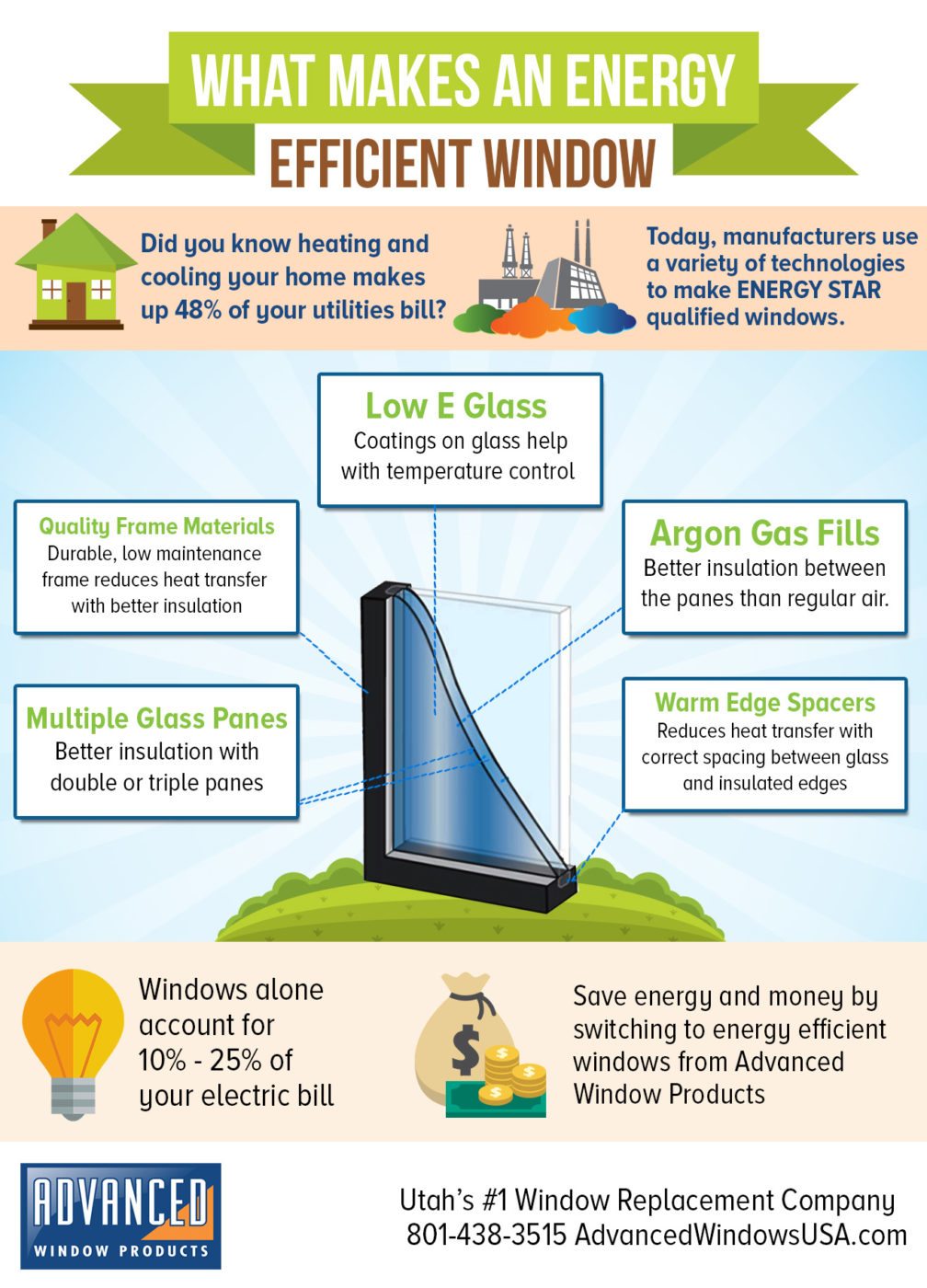Superior Stress Washing Techniques For All Surface Area Types
Superior Stress Washing Techniques For All Surface Area Types
Blog Article
Write-Up Created By-Sahl Vincent
When it comes to push washing, the method you choose can make all the distinction in attaining a tidy, streak-free surface. You may discover that tough surface areas, like concrete, require a different technique than softer materials, such as timber or vinyl. It's essential to adjust your methods to the surface type to prevent damages while maximizing cleansing efficiency. So, what are the most effective strategies for each surface area, and how can you ensure you're using the appropriate settings and devices for the work? Allow's discover what you require to understand to obtain the very best outcomes.
Tough Surface areas
When it involves push washing difficult surfaces, prep work is crucial. Before you even consider pulling out the stress washer, take the time to clear the area of any debris, furnishings, or obstacles. pressure washing before and after don't want anything entering your means or potentially damaging your equipment.
Next off, evaluate the surface for any type of fractures or damages; this will certainly help you figure out the right strategy and stress settings.
When you've prepared the location, it's important to choose the appropriate nozzle. For hard surface areas like concrete or block, a narrow nozzle (15 or 25 levels) functions best to offer a focused stream of water that can effectively eliminate gunk and spots. Always begin at a distance and progressively move closer to stay clear of any surface area damage.
As you begin washing, maintain the wand moving to protect against streaks and over-saturation. It's additionally useful to work from the top down, permitting dirt and particles to remove naturally.
Lastly, remember to rinse window cleaning around south carolina after cleansing to get rid of any type of remaining detergent. With these methods, you'll accomplish a clean and rejuvenated look on all your hard surface areas.
Soft Surfaces
Pressure cleaning soft surface areas calls for a gentler approach to safeguard them from damage. Whether you're cleansing your deck, patio area furniture, or siding, using way too much pressure can lead to damages, scratches, and even permanent injury.
Begin by picking a low-pressure nozzle, preferably a 25-degree or bigger spray pattern, to spread the water extra carefully.
Prior to you begin, it's critical to pre-treat any kind of stains with a suitable cleaning solution. This action enables the cleaner to permeate the dust and grime, making it easier to remove without scrubbing too hard.
Always apply the remedy from all-time low approximately stop streaking.
When you begin stress cleaning, keep a range of at the very least 12 to 18 inches from the surface. Relocate your wand in a sweeping movement, keeping it parallel to the surface area to prevent focused pressure on one place.
Rinse the location completely after cleansing to remove any recurring cleaner.
Finally, evaluate the surface for any kind of missed places and repeat the process if needed. By adhering to these actions, you can successfully clean soft surface areas while maintaining their stability and look.
Specialized Surfaces
Cleaning soft surface areas requires treatment, yet specialized surface areas demand even more attention to detail. When you tackle these surfaces, like delicate wood, stained concrete, or particular sorts of siding, making use of the right stress cleaning strategies is essential to prevent damage.
First, examine the material. For high window cleaning , dealt with timber can often withstand modest stress, but softer woods like cedar might require a lower setting. Constantly start with https://dominicksyeks.frewwebs.com/33209172/the-perks-related-to-window-upkeep-in-winter and gradually increase if necessary.
For discolored concrete, utilize a fan spray nozzle and keep a constant distance to avoid etching the surface area.
When handling surface areas like vinyl siding or repainted surface areas, a broad spray pattern helps distribute the pressure uniformly, securing the coating.
It's likewise a good idea to utilize detergents especially designed for specialized surface areas. They can enhance cleansing without compromising the material.
Wash thoroughly after washing to eliminate any kind of residue, as it can lead to discoloration or degeneration in time.
Conclusion
Finally, understanding pressure cleaning techniques for various surface areas can make all the difference in your cleaning results. For hard surfaces, adhere to slim nozzles and a top-to-bottom strategy, while soft surfaces require a gentler touch with bigger nozzles. Do not neglect to pre-treat spots and rinse thoroughly to prevent residue. By adjusting your methods to each product, you'll not just accomplish a cleaner coating however also shield the integrity of your surfaces. Delighted cleansing!
